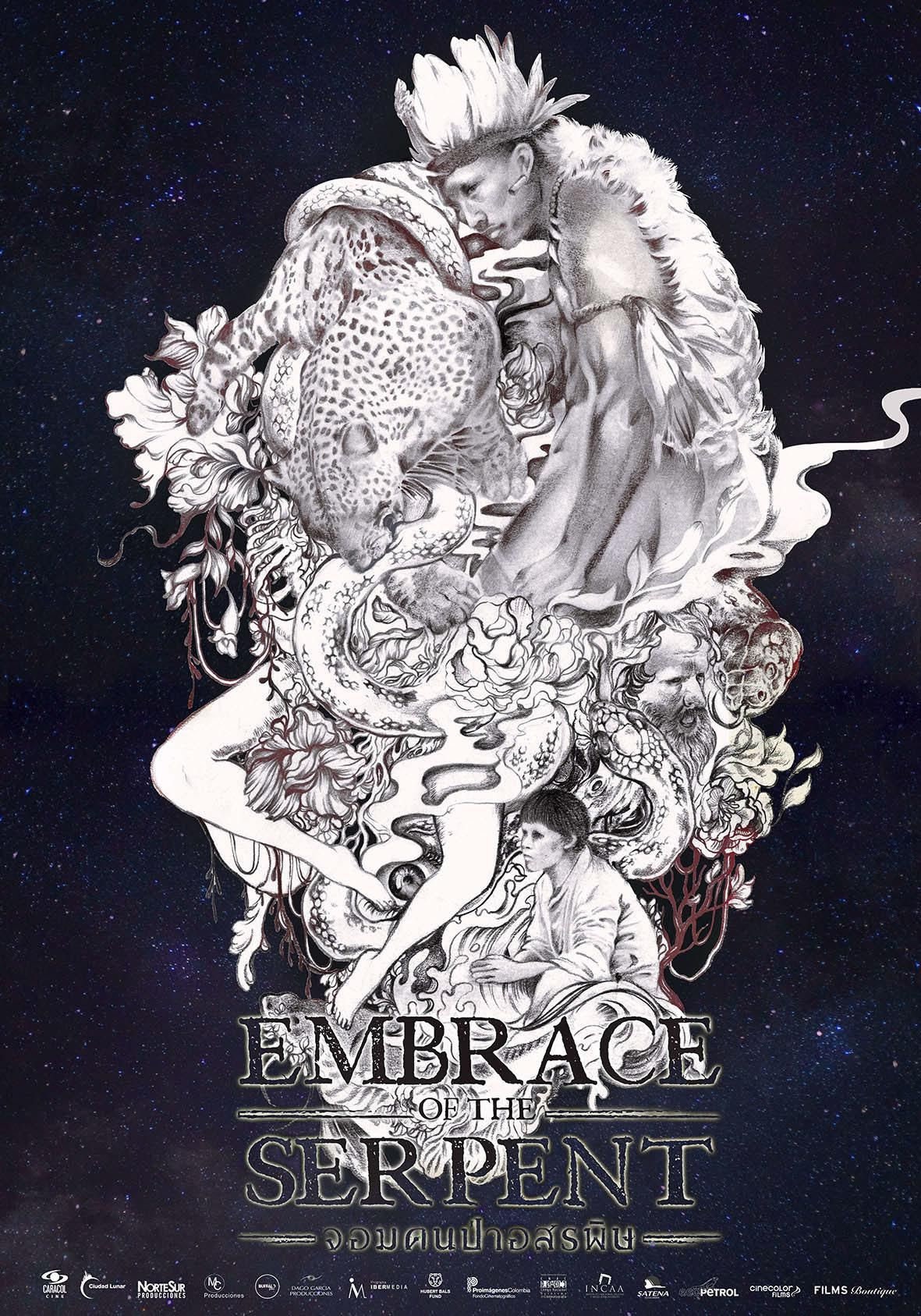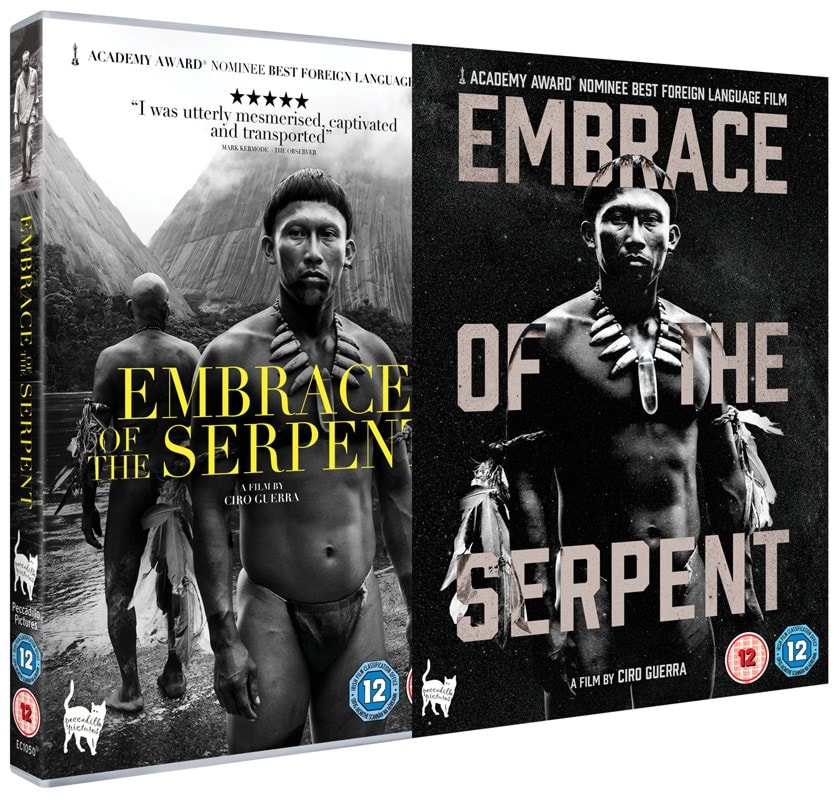

#Embrace of the serpent movie#
In a movie in which nine languages are spoken, Manduca is the cultural mediator and sometime interpreter. Accompanied by the young Karamakate (Nilbio Torres), he is escorted by canoe up the Amazon River with a guide, Manduca (Yauenkü Miguee), who had worked on a rubber plantation and was freed by Theo. The first journey takes place in 1909, when Theo is near death. The young Karamakate (Nilbio Torres) The older Karamakate (Antonio Bolívar Salvador)
#Embrace of the serpent portable#
One thing Evan refuses to relinquish is a portable phonograph on which he plays a recording of Haydn’s “Creation.” Karamakate responds respectfully to the sublime music. To the extent that the film persuades you that he is right, Embrace of the Serpent is potentially life-changing. Their possessions are “just things,” he scoffs. He urges the explorers to throw their luggage overboard. He finds the concept of money laughable it is just useless paper. In Karamakate’s eyes, the European and American marauders who enslaved and destroyed his tribe are agents of an insane culture devoted to genocidal conquest and rapacious destruction. This miraculous cure-all is a hallucinogen that attaches itself to rubber trees. Evan (Brionne Davis), an American biologist considered the father of modern ethnobotany, the film imagines their parallel journeys, decades apart, seeking the yakruna, a sacred healing plant. Theo (Jan Bijvoet), a German ethnologist and explorer, and Richard Evans Schultes, a.k.a. Inspired by the travel journals of Theodor Koch-Grünberg, a.k.a. In a signature image, an aquatic serpent devouring another snake is observed by a glowering jaguar. The Amazonian ecosystem, in which everything seemingly preys on everything else, is a continual and endless feeding frenzy.
#Embrace of the serpent full#
The film gives full voice to his view of a social order in which the rules of nature assimilated and handed down through the centuries among the Cohiuano must be obeyed, or else. He may be in greater harmony with the natural world than any foreign intruder, but he is alone. He is no innocent, noble savage but an angry, morally complex individual with a heart full of grief. The film’s central figure, he is the last survivor of the Cohiuano, an Amazonian tribe killed off by the rubber barons. Beautiful isn’t a strong enough word to describe its scenes of the heaving waters of the Amazon and its tributaries, on which two explorers, separated by more than 30 years, navigate in canoes, accompanied by a shaman, Karamakate. The director’s third film, it is the more remarkable for being shot in black and white, with one brief color sequence near the end.


Viewed largely through the aggrieved eyes of a shaman whose tribe is on the verge of extinction at the hands of Colombian rubber barons in the 19th and 20th centuries, Embrace of the Serpent, a fantastical mixture of myth and historical reality, shatters lingering illusions of first-world culture as more advanced than any other, except technologically. Guerra’s tragic cinematic elegy for vanished indigenous civilizations in the Amazon jungle. That is the uncomfortable truth at the core of Mr.

Jan Bijvoet as Theo, in Embrace of The Serpent


 0 kommentar(er)
0 kommentar(er)
